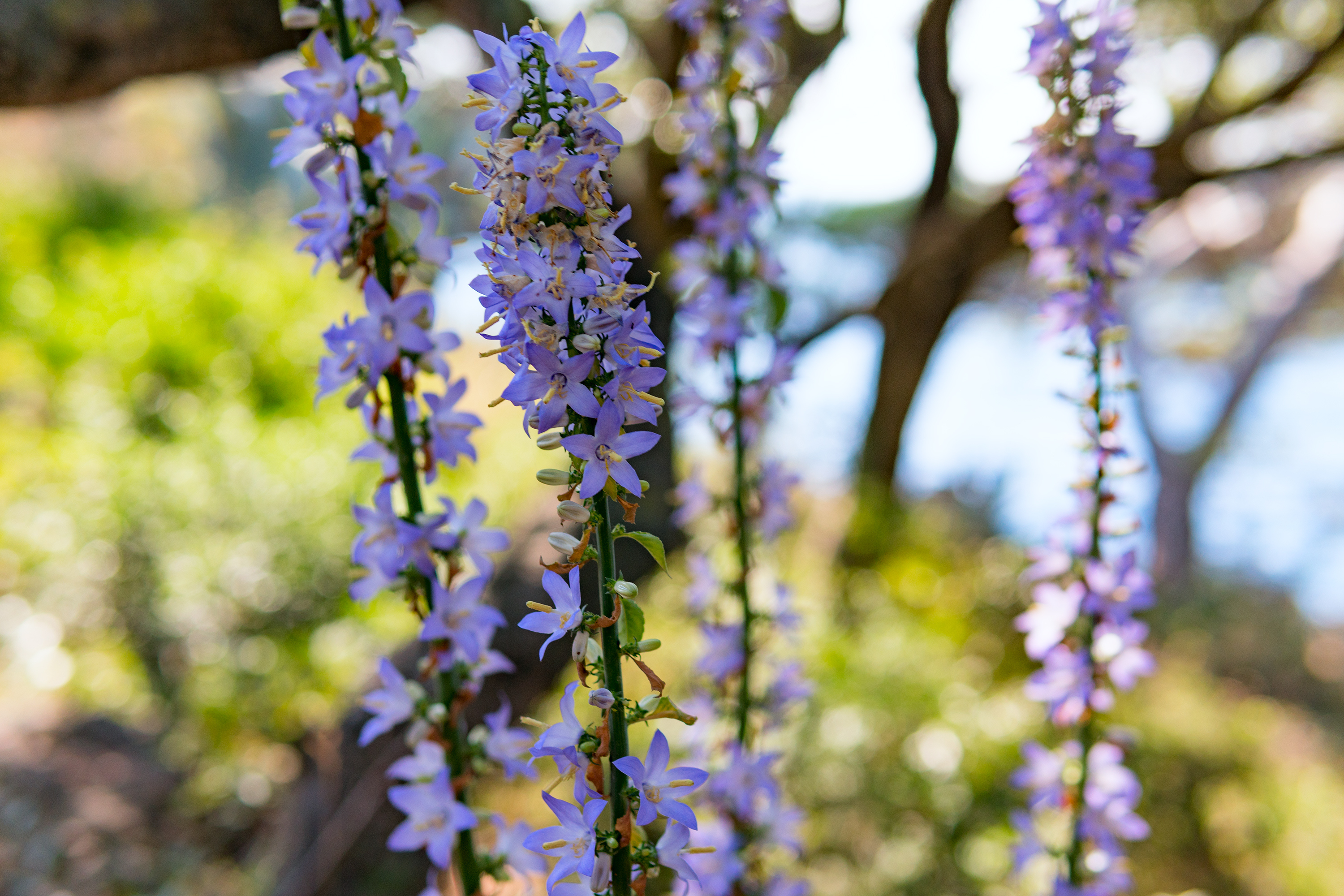Purple Giant Hyssop
(Agastache scrophulariifolia)

Description
Agastache scrophulariifolia, also known as the purple giant hyssop, is a perennial plant that grows throughout the US and Northern Ontario, CN. Its name comes from the similarity of its leaves to plants of the genus Scrophularia. It is a beneficial plant to pollinators and is noted for its medicinal properties, as many plants in the mint family are. It tends to grow in disturbed or open areas where it does not have to interact with non-native competitive plants. Individuals of this species are perennial herbs that can grow up to six feet tall. They are late-flowering species in the mint family. Agastache scrophulariifolia tends to have several spiked inflorescence. Flowers of Agastache scrophulariifolia do not all bloom simultaneously and range from lavender to pink in color. The dark brown fruit they produce is a nutlet. Agastache scrophulariifolia tends to grow in riparian habitats, disturbed open areas, and meadows. The previously mentioned areas are ideal for Agastache scrophulariifolia because competition with other plants is reduced. As riparian habitats are altered or farmlands return to forest communities, Agastache scrophulariifolia suffers from habitat loss. It is a perennial plant that grows well in sandy loamy soils and requires sunlight for its seeds to germinate. Agastache is a genus of aromatic flowering herbaceous perennial plants in the family Lamiaceae. It contains 22 species, mainly native to North America, one species native to eastern Asia. The common names of the species are a variety of fairly ambiguous and confusing "hyssops" and "mints"; as a whole the genus is known as giant hyssops or hummingbird mints. Most species are very upright, 0.5-3 m tall, with stiff, angular stems clothed in toothed-edged, lance shaped leaves ranging from 1-15 cm long and 0.5-11 cm broad depending on the species. Upright spikes of tubular, two-lipped flowers develop at the stem tips in summer. The flowers are usually white, pink, mauve, or purple, with the bracts that back the flowers being of the same or a slightly contrasting color. Agastache derives from the Ancient Greek words ἄγαν (ágan) "very much" and στάχυς (stákhus) "ear of grain", describing the flower spikes. The genus was established in 1762 by Jan Frederik Gronovius in the second edition of his controversial Flora Virginica, based on the specimens and notes of John Clayton. It is a member of subfamily Nepetoideae, which contains a large proportion of the world's aromatic culinary herbs.
Taxonomic tree:







